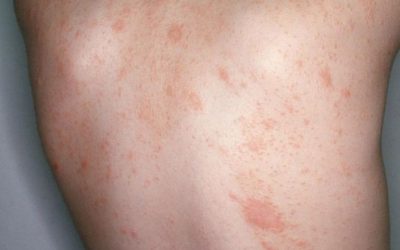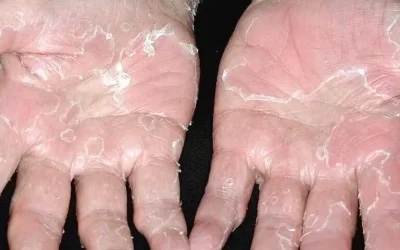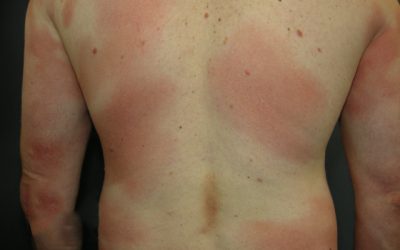Pitted Keratolysis: Causes, Symptoms, and Treatment
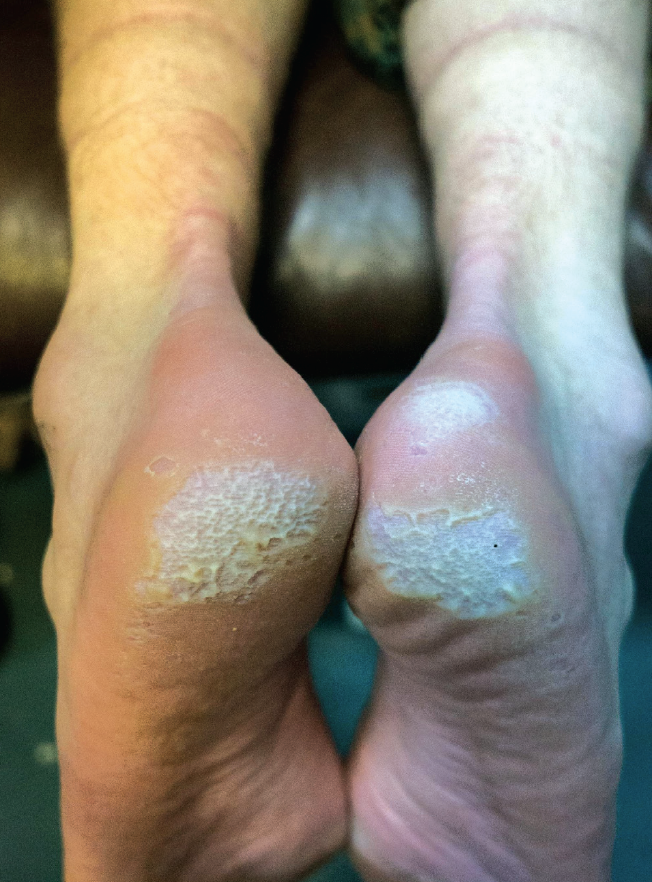
Risk factors:
- profuse sweating
- closed, air-tight footwear
- increased skin pH
- obesity
- diabetes
- immunosuppressive conditions
In the presence of these risk factors and the contribution of bacteria (Corynebacteria, Kytococcus sedentarius, Derma*****lus congolensis, Actinomyces, etc.), enzymes released by them destroy the stratum corneum of the skin and form a characteristic point lesion resembling small pits, “craters”. Sulfur-containing substances are released during this process, which causes a strong unpleasant smell.
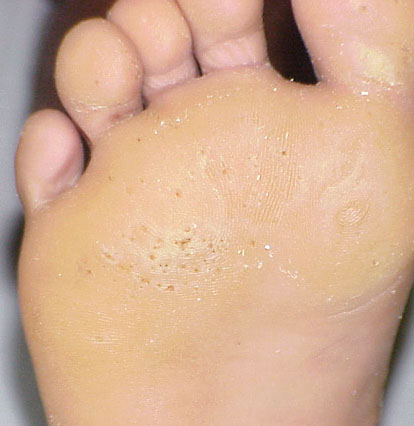
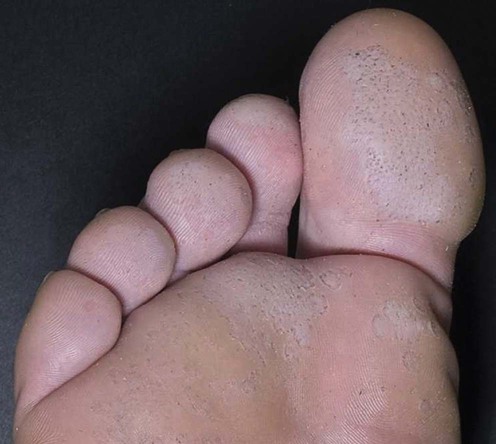
Unpleasant smell of damaged areas, as if pitted, usually the surface of the skin of the soles (palms are extremely rarely affected). Lesions can coalesce, forming hollow furrows. The rash mostly occurs in the places that rest on the surface when walking – the areas of the toes and the heel. It may itch and hurt.
Diagnostics
Diagnosed by the characteristic clinical picture. In the case of a very widespread, confluent rash, Wood’s lamp examination, microscopic examination, or skin biopsy may be performed to confirm the diagnosis.
an antibacterial wash and locally used antibacterial drugs are prescribed, selected according to the spread of the disease. Injections may be given to reduce sweating of the palms and soles.
Prevention:
- wear non-pressing, “breathable” footwear
- change shoe insoles regularly
- avoid sharing footwear with others
- wear natural fiber socks
- in case of damage to the soles, wash the socks at a temperature of 60° C to remove bacteria
- keep the feet clean
- reduce excessive sweating (antiperspirants, injections)

Pityriasis rosea
An acute, self-limiting, exanthematic skin disease that manifests as itchy, somewhat inflammatory, scaly rashes, usually on the torso, chest, and upper limbs.
Peeling skin syndrome
Peeling skin syndrome is a genetic disorder characterized by constant peeling of the skin. The disease appears from birth or in the first year of life
lasts a lifetime
Mycosis Fungoides
The most common primary skin T-cell lymphoma (cancer of the blood). Mycosis Fungoides is characterized by three main stages, several of which may exist at the same time


